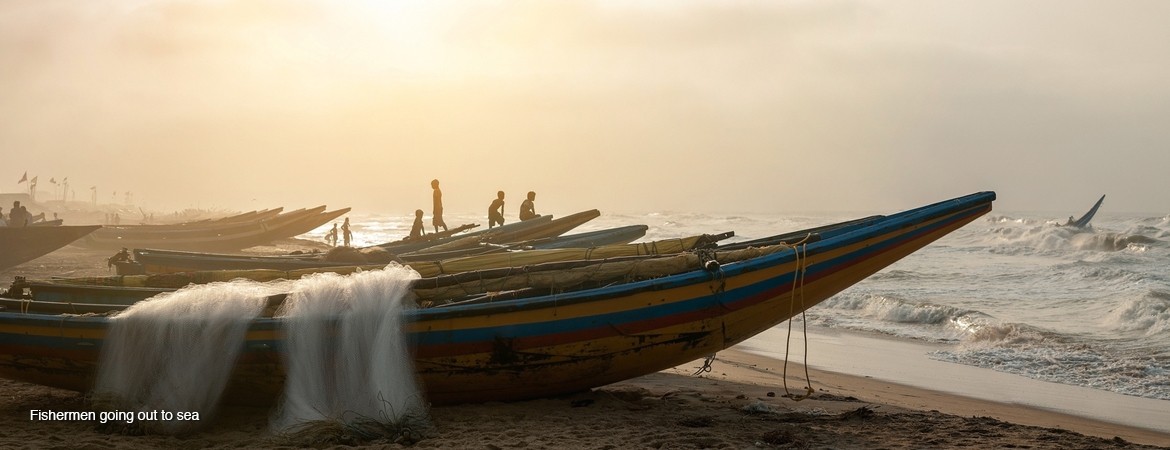Salvation City
The grand old city of Puri symbolises spiritual and material salvation for those in the fringes of society.
“Endless crow noises
A skull on the holy sands
Tilts its empty country towards hunger.
White-clad widowed women
Past the centres of their lives
are waiting to enter the Great Temple”
– Dawn at Puri, Jayanta Mahapatra
For any first-timer, the city of Puri is a heady mix of materiality and spirituality, making it an unlikely but apt specimen of modern India. Puri has always been about manic beach vacations, about the rush that comes with jostling a thousand fellow pilgrims waiting for a glimpse of Lord Jagannatha, about delicious seafood at beachside stands. However, there is another side to Puri which has defined the city unbeknownst to the average tourist, which binds it to other great temple cities such as Varanasi and Haridwar, a side so ‘ordinary’ that it doesn’t register in the mind’s eye. Puri is the city of “White-clad widowed women/Past the centres of their lives”, for whom the “Great Temple” is not a must-see on a busy travel roster but the source of their humble daily bread.
Hindu widows, in particular child widows, have had a long, poignant relationship with India’s holy cities. Their story shot to international prominence with Deepa Mehta’s groundbreaking 2005 film Water, which showcased the extreme hardships faced by poor, abandoned widows in an ashram in Varanasi. However, life for most widows living in these cities is devoid of cinema-friendly scripts, the high point of their day lying in the routine dawn-and-dusk walks to the Jagannatha Temple for food, alms and divine blessings.
Take the case of Pushpo, a widow who has been living in Puri for sixty years after losing her husband while still an adolescent. Pushpo, loved by the temple’s powerful pandas (traditional priests), has a room in Sarojini Math—a stripped-down establishment run by a religious order located a couple of kilometers from the temple. The four-by-four room is really a thin slice of space, packed with a bed, cooking ware, clothes and other sundry items of everyday use. Barring her daily excursions to the temple, which her increasingly fragile body is now finding difficult owing to the swelling, scary crowds, Pushpo has not left this threadbare world in six decades. She shares the Math with ten other widows, each quietly, zealously guarding her space with makeshift twig borders drawn on the verandah. It is easy to see that Pushpo’s relationship with the Lord, with Puri, is a complex one, going beyond the ordinary expectations of ordinary tourists, into the realms of salvation.
Located close to the Swarga Dwara (a burning ghat aptly named ‘the gateway to paradise’) in the main square of Puri, such maths are a world away from the din of ordinary tourist trails. They offer a chastening experience of life in God’s backyard, an alternative view of what it means to be a permanent traveler, progressing towards heaven one prayer at a time.



